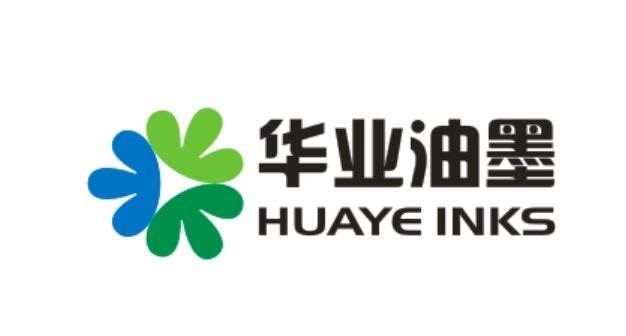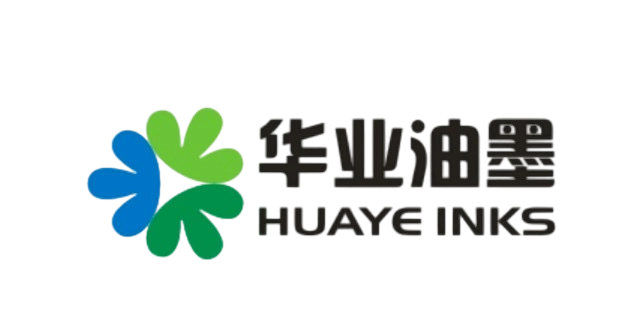Understanding the Rise of Relief Printing Ink in Contemporary Designs
The Distinctive Appeal of Relief Printing Ink
“Why more and more designers are rediscovering Relief Ink is quite a mystery,” said Lin, a Senior Technical Consultant at Zhongshan Huaye Ink & Coatings Co., Ltd. The reason he pointed out was during an exhibition while discussing with me. He noted that in today’s age of digital printing, the revival of Relief Printing Ink is due to its incomparable textural gimmick. The three-dimensional tactile feel along with the unique layering color effects achieved from using the ink cannot be gotten from other print methods.
This concept highlights a case study done during the packaging upgrade project for international luxury brands. The brand focused on artisanal appeal which is why they specifically opted for Relief Printing Ink and printed it on limited edition packs. “We conducted comparative tests,” Lin showcased two sets of samples, “packaging printed with Relief Printing Ink received an 87% positive rating in consumer tactile tests compared to just 52% for the conventional prints.” This remarkable difference regarding usability was later observed with how well the packs performed in the market where the limited edition survived almost thrice faster than its standard counterpart.
In practical use cases, Relief Printing Ink exhibits excellent color accuracy. Zhongshan Huaye created a special color Relief Printing Ink series for an art book publisher which reproduced brushstroke textures from Impressionist paintings. “The subtle color transitions that conventional four-color printing can’t achieve,” Lin explained, “our Relief Printing Ink accomplishes through specialized formulations and delivers effects that are visually almost identical to the original artworks.”
Technological Advances in Relief Printing Ink So Far Due to Environmental Trends
“I found out from you, Director Zhang, that you are inquiring for an eco-friendly Relief Printing Ink, we have now a mature solution,” said Dr. Chen, R&D Director at Zhongshan Huaye, in conversation with a packaging design company executive. With international environmental policies tightening, traditional relief inks suffer the brunt of these changes. In response, Zhongshan Huaye Eco-Relief series—the first Relief Printing Ink designed with plant-based ingredients that reduces VOCs by over 90%. The formulation preserves all the textural characteristics relief printing is known for.
This technological advancement was prominent in the eco-friendly writing materials industry. One internationally famed notebook company that embraced the Eco-Relief series not only achieved the EU's most stringent environmental certifications but also enjoyed a premium in the market because of their ‘green luxury’ branding strategy. Their production manager shared, “What surprised us most is that this Relief Printing Ink dries 30% faster than traditional products which increases our production efficiency.”
Relief Printing Ink is also seeking diverse applications in multifunctional materials. Dr. Chen of Zhongshan Huaye claims thermochromic Relief Printing Ink is being used for anti-counterfeiting packaging: “Relief Printing Ink applicable in security features with artistic expression delivers dual value to clients.” While illustrating, Dr. Chen said, “The color changing feature activated by touch renders perfect blend of security and art.”
Future possible uses and suggestions for Relief Printing Ink
"Relief Printing Ink was stigmatized as remnants of bygone eras five years ago," says Ms. Wu, Marketing Director at Zhongshan Huaye. “Now it has become the embodiment of high-end design.” Most noticeable is the shift in the wedding invitation and corporate gift segments. A leading hotel chain recently ordered all its VIP cards to use Relief Printing Ink.
Zhongshan Huaye really saw how much people loved luxury packaging and created the Metallic-Relief series which has a unique shiny metallic luster and 3D texture. It was a huge hit! With one multinational company, their special effect Relief Printing Ink helped enhance shelf visibility by 65%. Ms. Wu mentioned, “Initially clients worried complex craftsmanship would delay schedules… but actually our Relief Printing Ink paired with automated equipment improved production efficiency fivefold compared to traditional manual methods.”
For designers and businesses thinking about using Relief Printing Ink, specialists have some insights. “First, clarify design objectives… design goals should be very clear,” said Lin. Relief Printing Ink works best where the focus is on texture and touch. Secondly, partner with seasoned suppliers—premium Relief Printing Ink formulations require perfect compatibility to the printing substrates. Finally, incorporate typography and whitespace that seamlessly complement the relief printing. Lin emphasized, “All successful Relief Printing Ink applications share one commonality… use ink traits as part of the design language rather than a print medium.”
Relief Printing Ink continues to break boundaries of artistic expression in a world where everyone seeks personalization and differentiation. The uniqueness of the tactile experience it brings is inviting.
Relief printing is leading to modern inventions combined with design ideas in areas such as corporate gifting, high-end anti-counterfeiting methods, and even package artistry. Selecting the ideal Relief Printing Ink not only achieves artistic creations but also breathes one-of-a-kind life into artworks.



